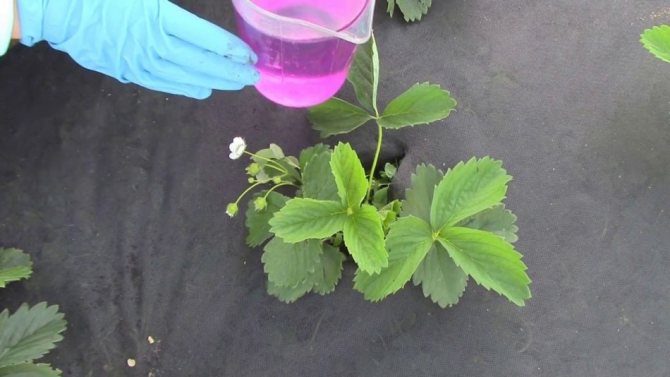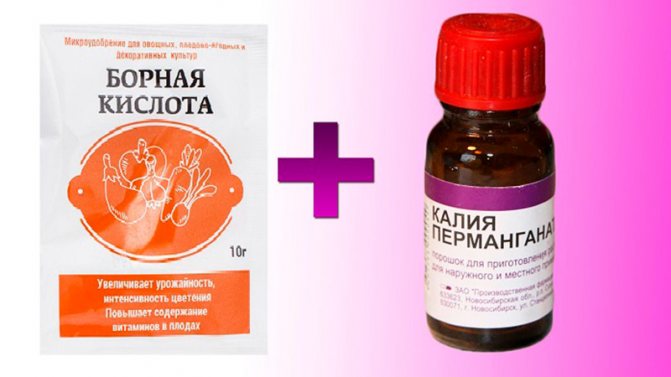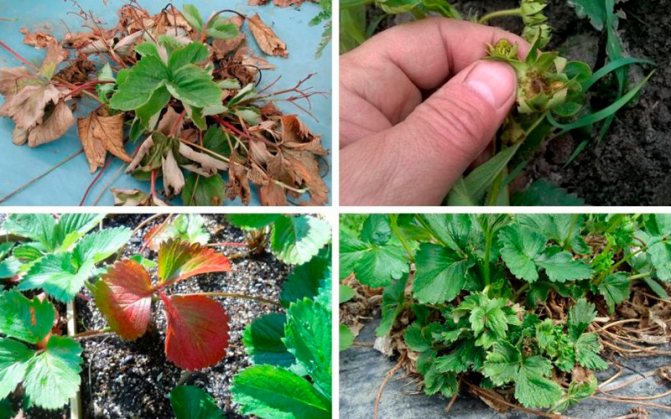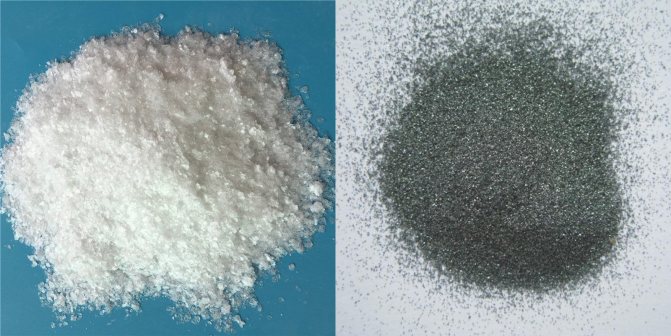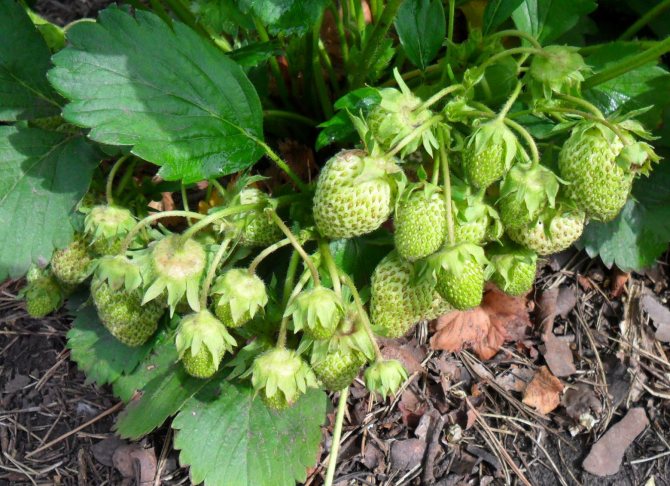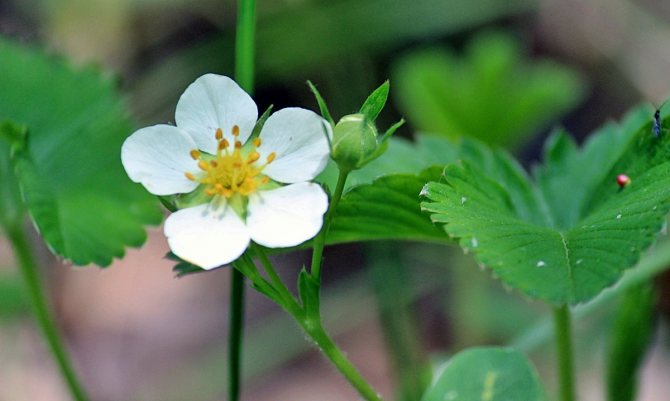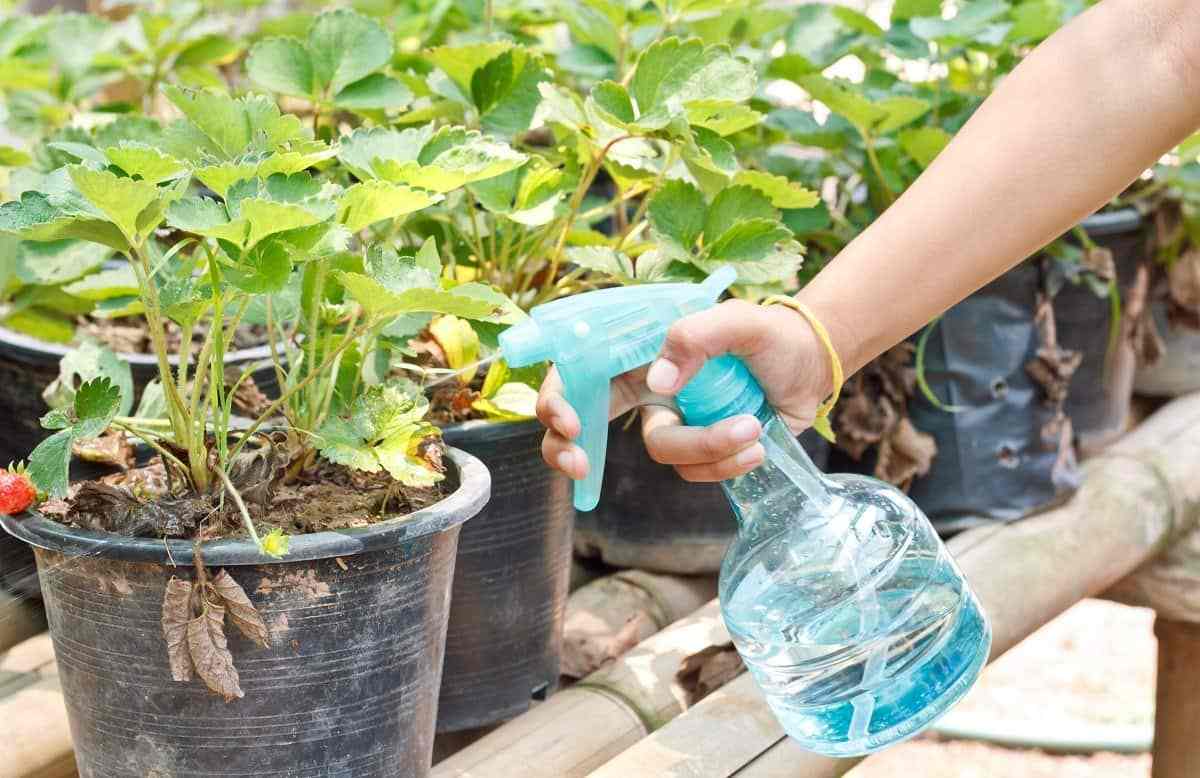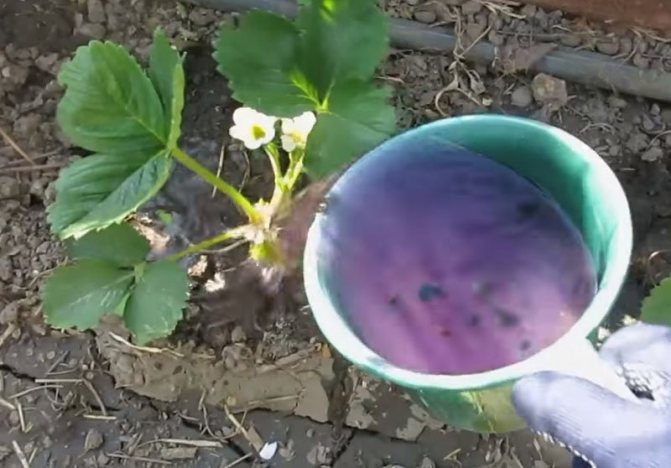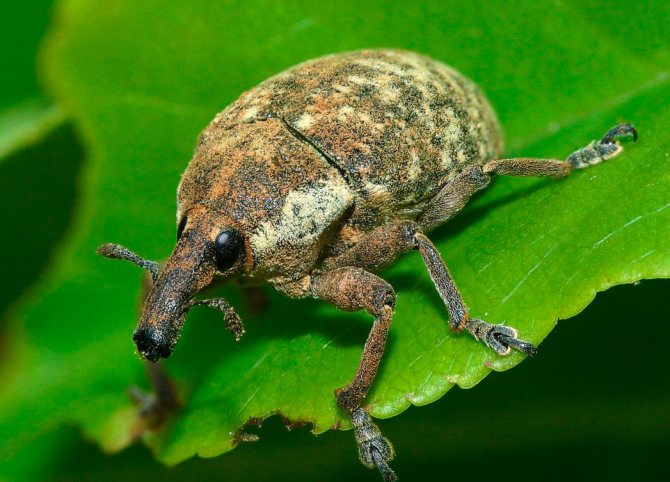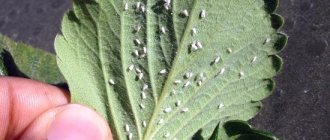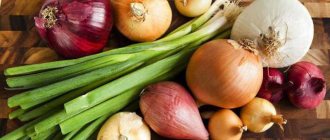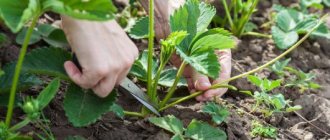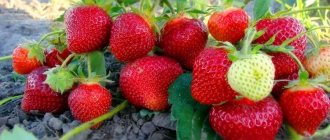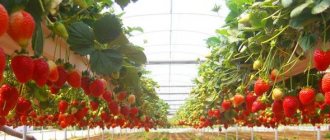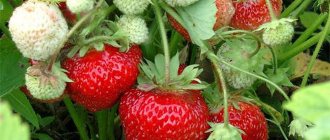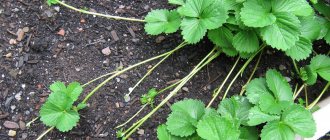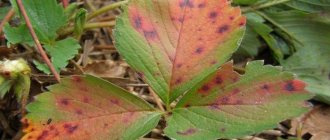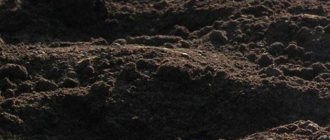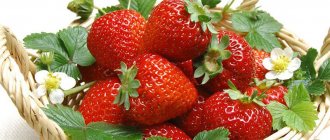Almost everyone likes the tasty and healthy strawberry. Rarely in any summer cottage it does without this culture. But planting and forgetting about strawberries will not work. To get a rich harvest, you need to take good care of and feed her. And the main thing is to do it in a timely manner and correctly.
Boric acid and iodine are excellent for feeding. These are common drugs that can be bought at any pharmacy. Their cost is very low, but the effect of feeding and fertilizing from iodine and boric acid is simply colossal. People who have carried out iodine feeding have a very positive opinion of this method. After all, iodine helps warn many diseasesto which strawberries are susceptible, it is a strong antiseptic and prevents the formation of rot. Boric acid gives significant stimulus for vigorous flowering, strengthens the flowers themselves and increases the number of fruit ovaries, which means, increases productivity.
How to fertilize strawberries when planting?
Strawberries (strawberries) are transplanted in spring or autumn - it depends on the period of the year how to fertilize the strawberries when planting.
In either case, you need to start with the preparation of the beds in the garden, for which you should prepare the soil mixture in the following proportions: 10-12 liters of soil take the same amount of compost or humus, 2 glasses of ash, 30 g of superphosphate. The resulting substrate is spread on a layer of sand and seedlings are planted in it.
When planting, growth stimulants for strawberries should be added. It can be a nitrogen mixture - ammonium nitrate plus ammophos in a 1: 2 ratio. A solution for watering the soil is prepared from it, the consumption is 15 g per 1 sq. m.
The use of urea for feeding strawberries during planting is prohibited: it can damage fragile roots. Overfeeding with organic matter should also be avoided.
Fertilizers of strawberries when planting in spring are designed to give an impetus to the development of green mass, and autumn fertilizers - to prepare for wintering, when active growth is extremely undesirable.
In the fall, 2 weeks before planting seedlings, mineral fertilizers are applied along with organic matter: double superphosphate - 40 g - on a bucket of compost and potassium humate. You can also apply ready-made complexes for autumn planting, guided by the instructions on the package.
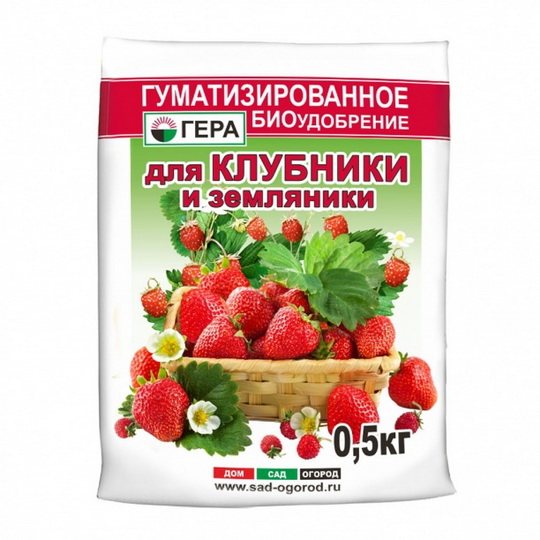
Spring fertilizer for strawberries
The introduction of nutrients during this period is necessary to increase the yield and improve the quality of the fruit (berry size and taste). There is a rule: the first feeding should contain enough nitrogen to build up green mass, and the next one should contain potassium and phosphorus so that the berries grow large and sweet. Correct mix options:
- Dilute 1 liter of mullein in 10 liters of water.
- Chicken droppings solution (1:15).
- 1 glass of ash, 30 drops of iodine and 2 teaspoons of boric acid.
- Nettle infusion: infuse a bucket of herbs in a barrel of warm water for a week.
- 1.5 g of potassium permanganate, 1 g of boric acid, 0.5 tbsp. l. iodine, 1 tbsp. a spoonful of complex fertilizer for 5 liters of warm water.
To increase yields, you need to feed the strawberries during flowering and during budding. The second spring feed is produced in May, and in the northern regions - at a time when the culture is blooming, with similar compositions, but the specific amount of components per hundred square meters is halved.
When you can not feed with boric acid
Boron can not always be used. If the plants show characteristic signs of oversaturation with a trace element, feeding should be discontinued. In addition, you should not add the substance to acidic soil. It is forbidden to use boric acid in rainy weather, as well as before liming the soil.
With the correct proportions and the right choice of time for feeding strawberries with boric acid, you can significantly increase the yield of this crop. Garden strawberries that previously lacked boron will produce fleshy and sweet berries. The main thing is to add a trace element according to the instructions.
Feeding strawberries during fruiting
How to feed the berries so that they delight in taste, color, size and keeping quality? For the formation and ripening of fruits, potassium is a necessary element. Of mineral funds, it is excellent:
- monophosphate or potassium sulfate at a concentration of 1 tbsp. spoon on a bucket of water;
- potassium nitrate (1 tsp per 10 liters);
- the drug "Kemira Lux".
For supporters of cultivation without "chemistry", you can offer a solution of domestic animal manure, an infusion of wood ash (another option for this top dressing is scattering the substance in a dry form along the aisles).
The most optimal way is the alternation of organic and mineral compositions, as well as the introduction of organo-mineral fertilizers (OMF), which are widely represented on the agricultural market.
Thanks to the use of dressings, the fruiting period is significantly extended, the palatability of the fruits improves, and their size increases.
Harmful factors
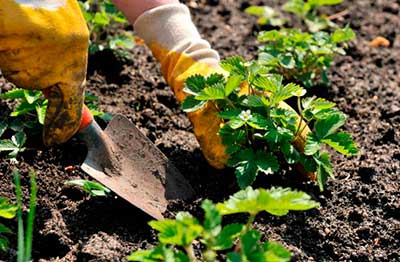

Pharmacy iodine solution is one of the most accessible antiseptics, familiar to everyone from childhood.
This is the only reason explaining the rather frivolous attitude towards such a dangerous drug.
It should always be remembered that the elemental iodine contained in the pharmaceutical composition is a dangerous and very toxic substance.
Its vapors cause irritation of the respiratory tract and mucous membranes, headaches, vomiting, diarrhea. If the alcohol solution comes into contact with the skin, burns and dermatitis may occur. In case of severe poisoning, a lethal outcome is possible. Chronic poisoning is accompanied by disruption of the digestive tract and nervous disorders.
Caution! For humans, the maximum permissible concentration of iodine in the air is 1 mg / m3; in water - 0.125 mg / l. The toxic effect on plants is observed at an iodine concentration of 0.5 - 1.0 mg per 1 kg of nutrient solution.
Exceeding the required dosage when processing plants causes a decrease in yield. The color of the leaves changes, their edges curl. The tops of the shoots dry out, the buds fall off. When spraying with a too saturated solution, burns may appear - brown spots on the tops.
Fertilizer in the fall - preparation for winter
Feeding strawberries in autumn is most important for young bushes. A feature of feeding this season is a decrease in nitrogen intake, so as not to provoke the growth of shoots before the onset of cold weather, and an increase in the proportion of potassium. Before applying, you should inspect the bushes to determine the need for nutrients. The presence of dry and spotted leaves and small fruits indicate a lack of nutrition, and whitish spots and sluggish foliage indicate an overdose.


In August, strawberries begin to lay flower buds of the future harvest. At this time, it is recommended to feed it with urea, and a rotted mullein is introduced under the roots. In order not to overdo it with organic matter, you need to take into account the soil on which the culture grows, how much humus is contained in the substrate.
In early autumn, it is advisable to feed the strawberries using liquid fertilizers, and in October it is better to use dry preparations.
After the last autumn fertilization, the rows are mulched with straw, sawdust, sheet compost or other insulating materials.
Fertilization of young and adult bushes
After wintering, the bushes should be cleaned of old dried leaves, the condition of the neck of the bush and its height should be checked: it should neither rise, exposing the roots, nor deepen below the soil level.
Strawberries planted in spring with fertilizers are fed for the first time in the fall. For autumn planting, spring feeding in the first year is not needed: there is enough fertilizer in the soil.
Starting from the second year of growth, spring feeding in the open field begins immediately after the soil temperature has reached +8 C °. In colder soil, the roots are unable to absorb nutrients.
Repaired strawberries are fed often: monthly, and preferably twice a month: they need more strength for several harvests.
Natural substances
The main advantages of organic strawberry fertilizers:
- positive effect on soil structure;
- complex composition, including a variety of elements;
- humus creation;
- useful substances are in a form accessible to plants.
Mullein infusion
You can prepare a working solution from 1 liter of mullein and 10 liters of water. Fertilizer consumption - 1 liter per bush. This remedy can be used to feed young bushes of the first year of life if signs of a lack of nutrients are noticed. For adult plants, such feeding is shown throughout the season.
How to determine what boron plants need
If you carefully observe the plantings, you can always understand what trace elements the plant lacks. Strawberries are no exception in this case. With a lack of boron, it looks like this:
- leaves turn pale and turn yellow between veins on old leaves, and then on young ones;
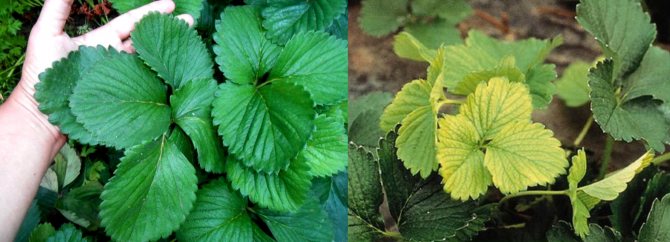

If the strawberry does not lack boron, its leaves are bright green, and with a lack of boron, they turn yellow between the veins.
- young shoots begin to grow lower than old ones;
- growing points in the upper part of the bushes wither or dry out;
- few berries are tied, they are small and watery, without sugar content.
Foliar top dressing (compositions, terms)
It is advisable to spray the foliage with nutrients: this way they quickly penetrate into the right place, the effect of the application is noticeable immediately. Such treatment saves fertilizers, because a low concentration is required, the substances are not washed out during watering.
When to foliar feed:
- after winter, as soon as the leaves opened;
- when flowering;
- when ovaries appear.
A solution of zinc sulfate at a concentration of 0.01-0.02% is useful for increasing yields and improving taste. Spraying with a 0.2% solution of boric acid, compounds with manganese and molybdenum is also useful. It is much more convenient to use ready-made preparations: Agricola, Kristalon, Kemira Universal, etc. You need to use them following the instructions.
Precautions
A remedy for hypertension Treatment should be started when the first alarming symptoms appear, since the lack of timely adequate therapy can lead to disruption of the cardiovascular system and the brain. Today, experts recommend a new natural remedy for everyone who suffers from high blood pressure - Normaten effervescent tablets. Read more ...
When feeding, proportions are of paramount importance, which must be strictly observed. Two grams of boric acid will be enough for 10 liters of water, this is a completely normal and effective concentration. Boron is not a very harmless substance, an increased concentration will accumulate in the fruits, and a person who consumes acid-saturated berries can get a disease of the mucous membranes and skin.
Iodine vapors can have a negative effect on humans, so spraying is best done in a respirator. It is undesirable for top dressing to fall on the formed fruits.
Treat all the drugs used very carefully, if you observe the proportions, then you will not harm either the plants or the soil.
Feeding scheme at all stages of the growing season
How to fertilize strawberries so that the effect is greatest? Meeting deadlines is essential. Treatments should be carried out in the following periods:
- In early spring, when the leaves are blooming.
- Fertilizing strawberries during flowering and the appearance of the first ovaries.
- In summer, during the ripening period of berries.
- In early autumn before the onset of cold weather.
- Top dressing in the pre-winter period.
Properly selected fertilizers for garden strawberries increase yields, extend the period of fruiting and strengthen the health of berry plantations.
Iodine is an irreplaceable remedy for strawberry care, recipes and recommendations
Iodine is a well-known antiseptic that is usually used for domestic purposes: disinfection of wounds and cuts. But it turns out that its use in the garden and vegetable garden can protect against many diseases, such as the appearance of late blight, rot, powdery mildew and more.


Gray rot on strawberries


Signs of late blight on strawberries
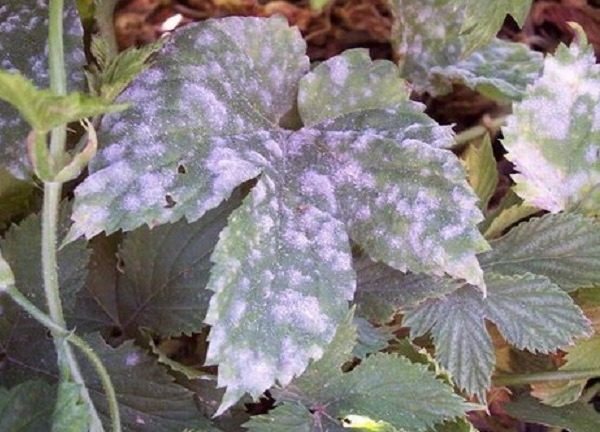

Strawberry bush is affected by powdery mildew
To get a good harvest of strawberries, iodine must be used as a fertilizer, because thanks to this:
- plant immunity increases, they become more resistant to disease
- more efficiently budding process;
- increases number of ovaries;
- improved safety and keeping quality of fruits;
- yield increases, and the fruits become large and tasty.

